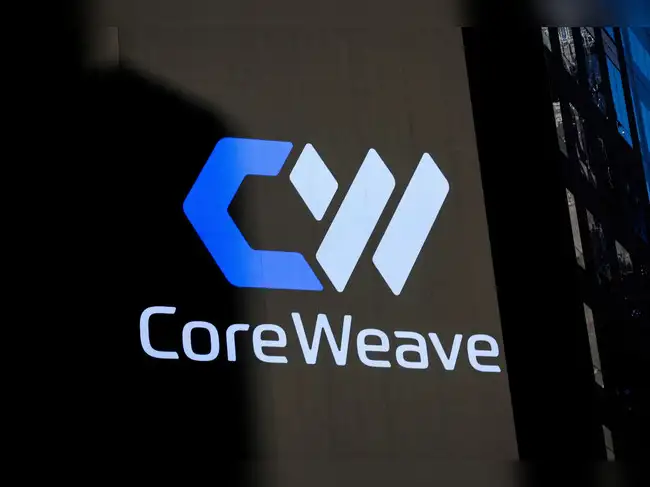CoreWeave – IPO


CoreWeave’s debut as a public company has stirred significant attention across the AI and tech investment landscape. Following its IPO, the Nvidia-backed AI infrastructure company posted its first earnings, revealing ambitious capital expenditure plans that initially triggered investor concerns. However, the stock quickly rebounded after Nvidia disclosed that it had increased its stake in CoreWeave from 5% to 7%, signaling strong confidence in the company’s long-term potential. The stock has since doubled from its IPO price, showing that despite early volatility, investors remain enthusiastic about CoreWeave’s role in the growing AI cloud services market.
CoreWeave operates in a high-demand niche, offering GPU-accelerated cloud infrastructure tailored for AI workloads. As companies race to train and deploy large-scale generative AI models, demand for high-performance compute resources like Nvidia GPUs has skyrocketed. This demand plays directly into CoreWeave’s value proposition, making it a significant player in the new wave of infrastructure providers. The company’s strong alignment with Nvidia also positions it as a strategic partner in supporting next-generation AI deployments, including model training, inferencing, and scalable enterprise solutions.
The broader AI market continues to mature, and while initial hype has been followed by more scrutiny, the infrastructure layer remains a critical component for sustained innovation. As generative AI becomes more embedded in enterprise workflows, from text and image generation to autonomous agents and AI copilots, the need for powerful, reliable computing infrastructure has never been higher. CoreWeave, through its focused offering, is positioned to benefit from this evolution in enterprise technology, especially as more firms seek alternatives to traditional cloud giants for specialized AI needs.
Despite the bullish outlook, the market is entering a more discerning phase. Investors are now demanding tangible results, real monetization, and a clear roadmap to profitability from AI-related companies. This “show me” moment has hit several AI stocks hard, particularly those in software sectors where monetizing AI capabilities has proven slower than expected. In contrast, infrastructure players like CoreWeave have a clearer path to revenue as AI workloads scale and computing requirements surge.
The AI arms race has also intensified geopolitical and commercial competition, with companies and countries alike scrambling to secure computational power. Nvidia remains at the center of this race, not only for its chips but also for its ecosystem of partners, including CoreWeave. The recent announcement that Nvidia will supply AI accelerators to Saudi Arabia’s new AI venture, Humain, underscores the global nature of this competition. Such moves amplify CoreWeave’s relevance as a flexible, Nvidia-aligned provider capable of serving international markets and emerging AI projects.
Meanwhile, leading AI companies are investing billions in AI chip development, data center expansions, and specialized software platforms. Cloud giants like Microsoft, Amazon, and Google are aggressively building out their AI capabilities, and startups like OpenAI, Anthropic, and Safe Superintelligence are raising massive funding rounds. In this crowded and capital-intensive field, CoreWeave’s early success post-IPO could be a signal that smaller, focused infrastructure providers still have room to carve out meaningful market share—particularly when backed by a powerhouse like Nvidia.
With AI model training becoming increasingly costly and compute-intensive, CoreWeave’s differentiated infrastructure services are crucial to enabling scalability and innovation in AI. As the market transitions from research to application, and from experimentation to enterprise deployment, the companies providing the underlying infrastructure will likely be among the most indispensable. CoreWeave’s trajectory reflects this shift and offers a window into how the next phase of the AI boom may unfold—fueled not just by clever algorithms but by the raw compute power needed to make them real.